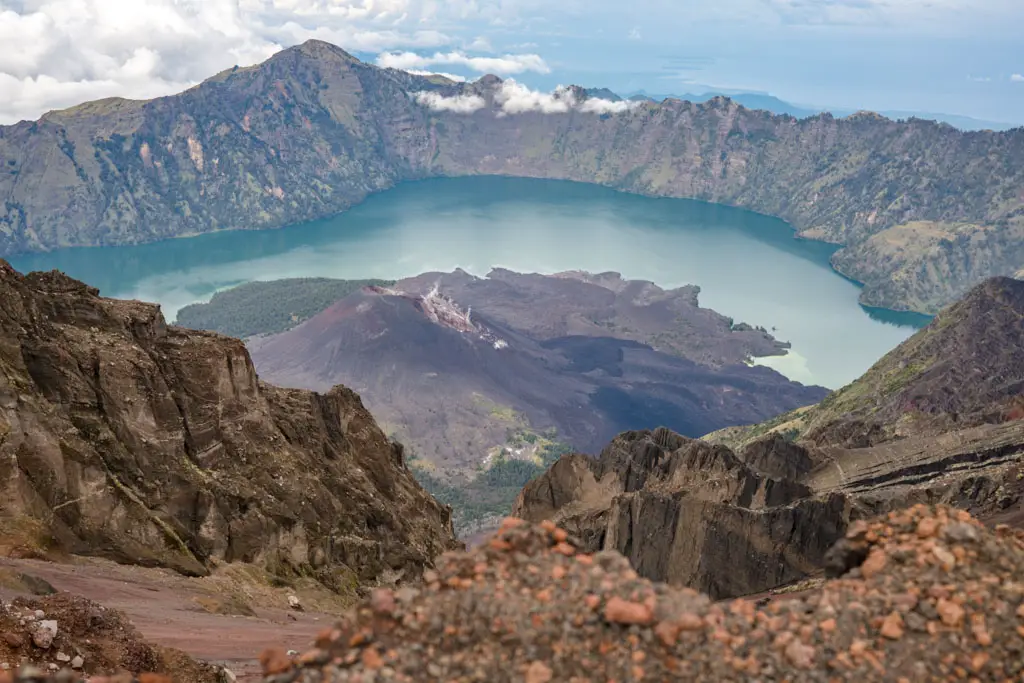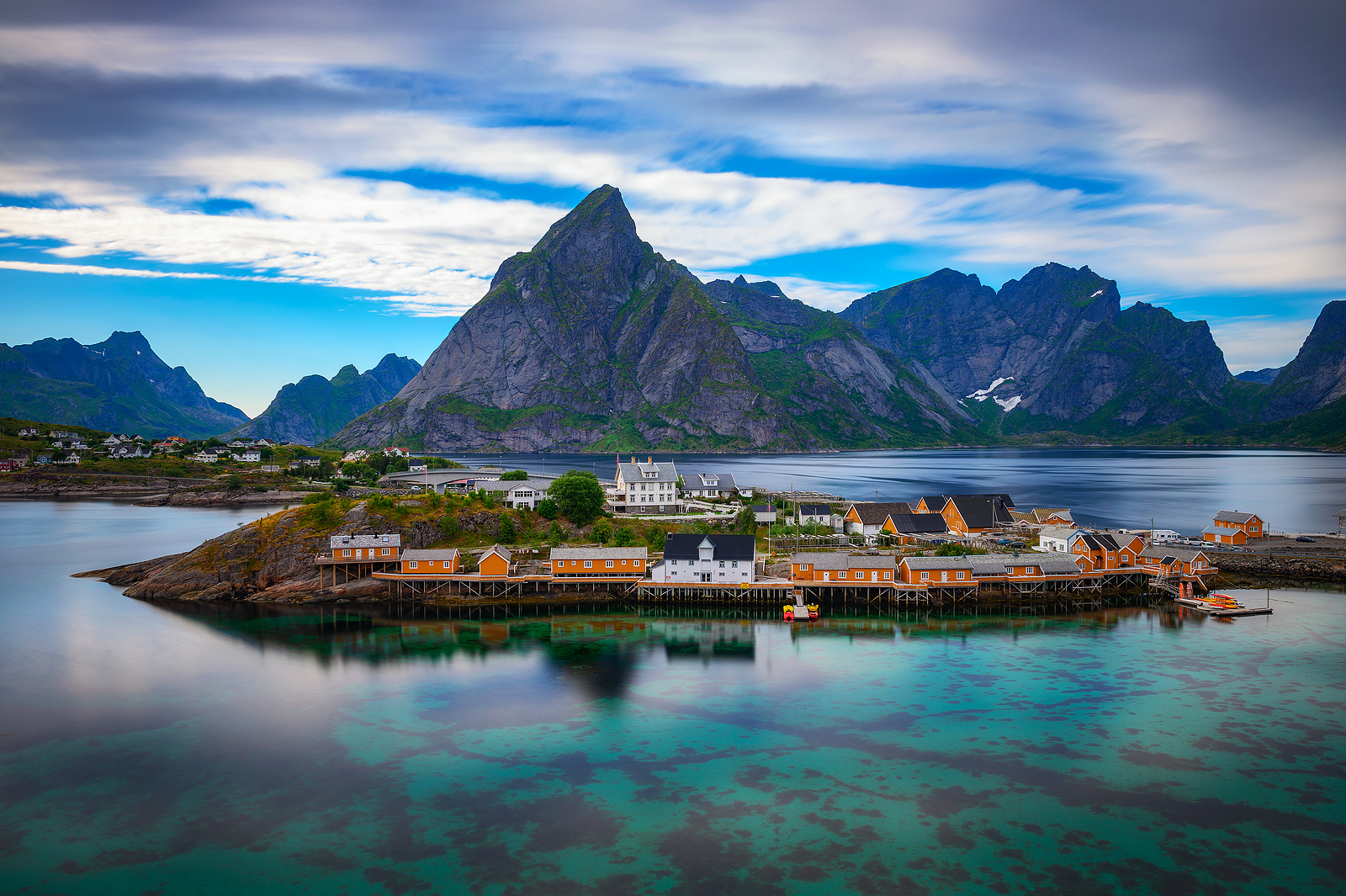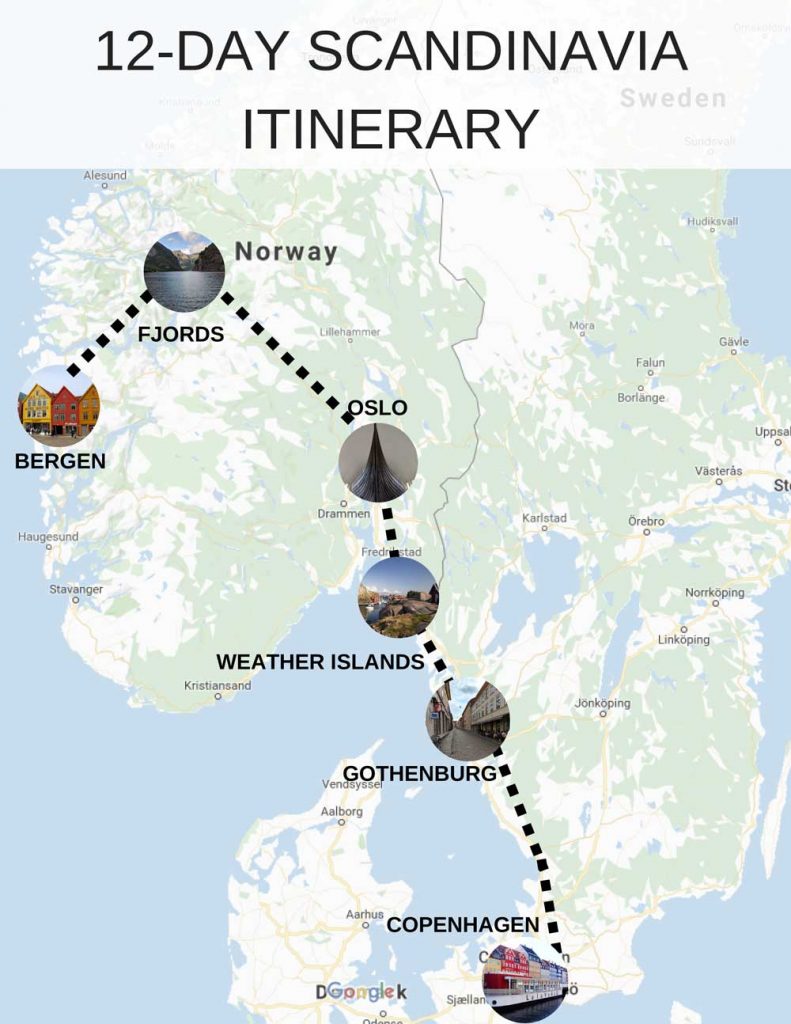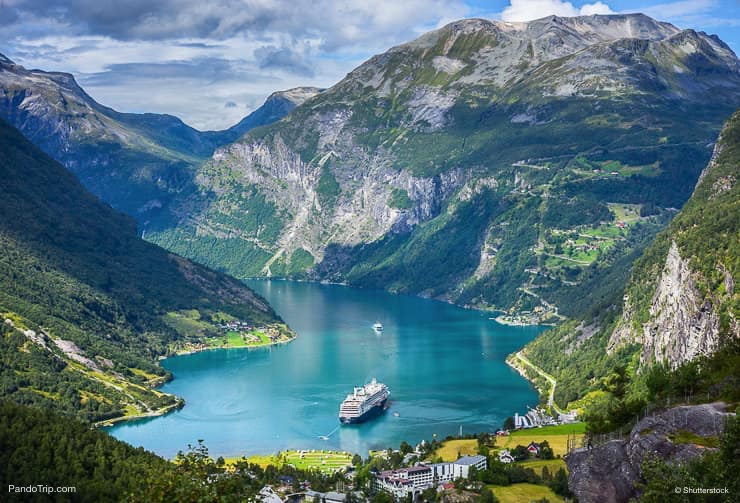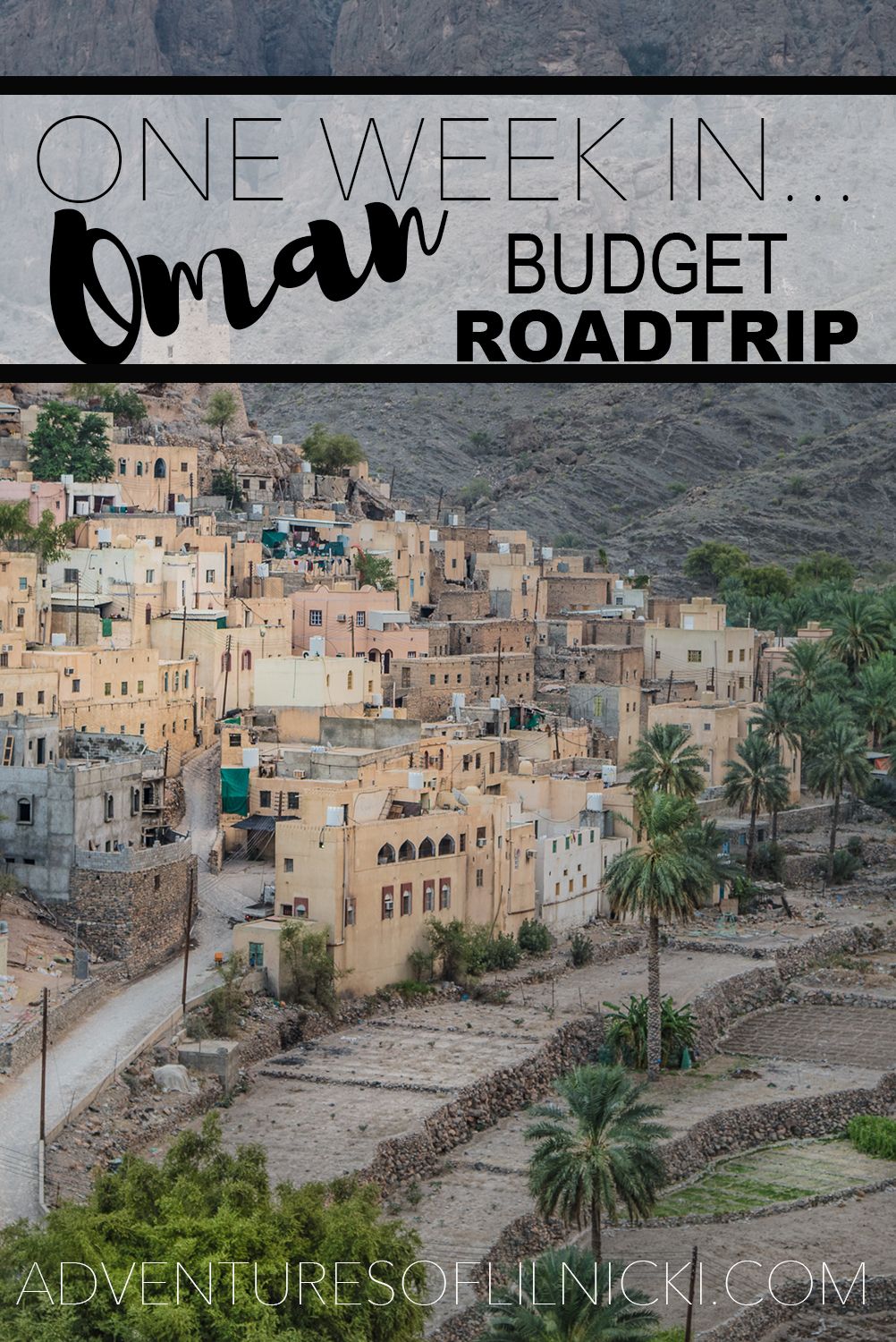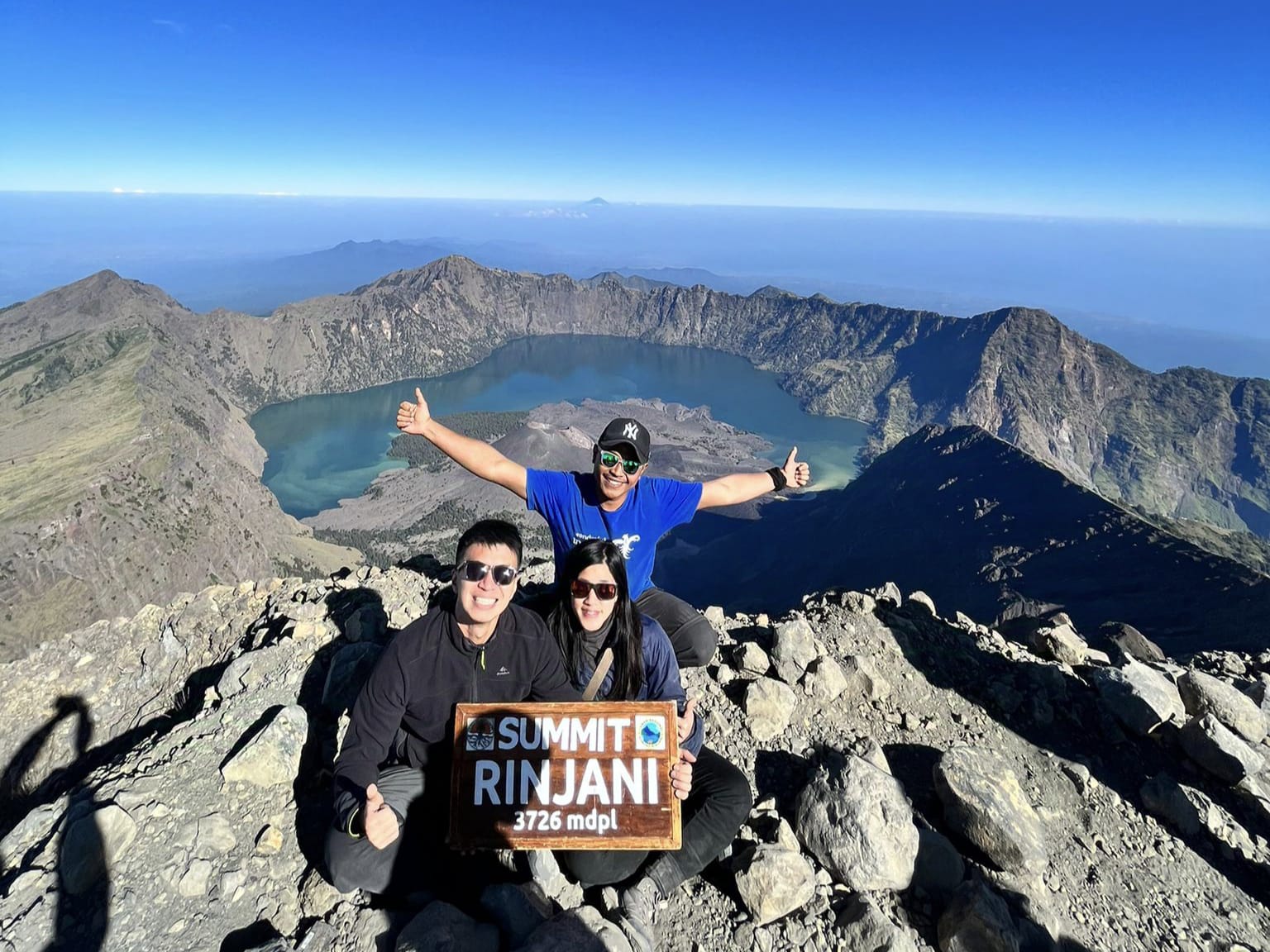
Mount Rinjani, the majestic guardian of Lombok Island, Indonesia, stands as a testament to nature’s raw power and breathtaking beauty. Towering at 3,726 meters above sea level, it’s the second-highest volcano in Indonesia and a magnet for adventurers, trekkers, and those seeking an unforgettable communion with the wild. From its ancient volcanic origins to its spiritual significance, Rinjani offers a journey that transcends mere physical exertion, touching the soul with its dramatic landscapes and vibrant culture.
This comprehensive guide will equip you with everything you need to know to conquer the clouds and experience the magic of Mount Rinjani. We’ll delve into its rich history, explore its iconic attractions, provide essential travel tips, guide you on the best time to visit, suggest comfortable accommodations, tantalize your taste buds with local flavors, and navigate the various transportation options to get you to this Indonesian wonder.
A Tapestry Woven in Fire and Faith: The History of Mount Rinjani
Related Articles about Conquer the Clouds: Your Essential Guide to Trekking Mount Rinjani:
- Madrid: A Grand Tapestry of History, Culture, and Unforgettable Experiences
- Echoes of the Arena: Unveiling the Secrets of the Colosseum
- London’s Grand Abodes: A Journey Through Top Hotels, Iconic Sights, and Unforgettable Experiences
- Italy: A Journey Through Timeless Beauty and Enduring Charm
- Phuket: The Pearl of the Andaman – An Ultimate Guide to Thailand’s Island Paradise
The story of Mount Rinjani is intrinsically linked to the geological forces that shaped Indonesia. Its existence is a product of the fiery ballet of tectonic plates, a process that has been ongoing for millennia. The volcano’s caldera, a vast, sunken crater, is a stark reminder of past cataclysmic eruptions, the most significant being the eruption in 1257 AD, which is believed to have contributed to the "Year Without a Summer" in 13th-century Europe.
Beyond its geological drama, Rinjani holds deep spiritual significance for the Sasak people, the indigenous inhabitants of Lombok. The summit and the crater lake, Segara Anak, are considered sacred sites, believed to be inhabited by ancestral spirits and deities. The annual Pakej Nyale ceremony, a ritualistic offering of sea worms, is held on the shores of Segara Anak, a testament to the enduring connection between the people and the mountain. Over centuries, Rinjani has been a pilgrimage site, drawing those seeking blessings, healing, and spiritual renewal. The trekking routes themselves often pass by ancient shrines and offer glimpses into the traditional beliefs that are still very much alive today.
The Crown Jewels: Main Attractions of Mount Rinjani
The allure of Rinjani lies in its diverse and awe-inspiring attractions, each offering a unique perspective of this volcanic giant.
-
The Summit (Puncak Rinjani): This is the ultimate prize for most trekkers. Reaching the summit at sunrise is an experience that will forever be etched in your memory. The panoramic views of Lombok, the neighboring Gili Islands, and even Sumbawa on a clear day are simply breathtaking. The climb to the summit is challenging, often undertaken in the pre-dawn darkness, but the reward is immeasurable.
-
Segara Anak Lake: Nestled within the caldera, this turquoise gem is a sanctuary of tranquility. The lake’s name translates to "Child of the Sea," and its serene beauty, dotted with small islands and surrounded by lush vegetation, is truly captivating. You can swim in its refreshing waters, fish for trout, or simply relax and soak in the peaceful atmosphere. The presence of Mount Barujari, a smaller active volcano that continuously grows within the caldera, adds a dynamic and fascinating element to Segara Anak.
-
Mount Barujari (Baby Rinjani): This active cinder cone within the caldera is a sight to behold. While not accessible for climbing, its constant, albeit usually minor, eruptions and smoke plumes offer a constant reminder of the powerful forces at play beneath the surface. Its presence adds a sense of raw, untamed nature to the already dramatic landscape.
-
Sendang Gile and Tiu Kelep Waterfalls: Located in the foothills of Rinjani, these magnificent waterfalls offer a refreshing escape and a glimpse into the lush tropical environment that surrounds the mountain. Sendang Gile is the larger of the two, cascading down multiple tiers, while Tiu Kelep is known for its powerful spray and the refreshing mist it generates. These are excellent spots to visit before or after your trek, offering a gentler introduction to Rinjani’s natural beauty.
-
Senaru Crater Rim: This vantage point offers spectacular views into the caldera and Segara Anak. It’s a popular camping spot for trekkers undertaking the Senaru route, providing an incredible overnight experience with the stars as your ceiling and the caldera as your backdrop.
-
Posto Bay (Suranadi): This tranquil bay on the northern coast of Lombok, near the foothills of Rinjani, offers a peaceful respite with stunning coastal views. It’s a great place to relax and reflect after your trek, enjoying the sea breeze and the laid-back island atmosphere.
Charting Your Course: Essential Travel Tips for Mount Rinjani
A successful Rinjani trek requires preparation and a mindful approach. Here are some crucial tips to ensure a safe and enjoyable adventure:
-
Choose Your Trekking Route Wisely: The two most popular routes are from Senaru (easier, 2 days/1 night to the crater rim) and Sembalun (more challenging, 3 days/2 nights to the summit). The Sembalun route offers a more gradual ascent through open grasslands, while Senaru takes you through denser forests. Consider your fitness level and available time when making your choice. There are also longer routes that offer a more immersive experience.
-
Hire a Licensed Guide and Porter: This is non-negotiable for safety and to support the local economy. Guides are knowledgeable about the trails, weather patterns, and local flora and fauna. Porters will carry your heavier gear, making your trek significantly more manageable. Ensure they are reputable and paid fairly.
-
Physical Fitness is Paramount: Rinjani is a strenuous trek. Start a regular fitness routine weeks or months in advance, focusing on cardiovascular exercises, strength training (especially for legs and core), and hiking with a backpack.
-
Pack Smart and Light:
- Clothing: Layering is key. Bring moisture-wicking base layers, warm fleece or down jacket, waterproof and windproof outer shells, hiking pants, shorts, and a hat for sun protection.
- Footwear: Sturdy, broken-in hiking boots are essential. Bring comfortable socks to prevent blisters.
- Equipment: A good quality backpack (40-60 liters), a reliable headlamp or flashlight with extra batteries, trekking poles, a reusable water bottle or hydration pack, sunglasses, sunscreen, insect repellent, a basic first-aid kit, and any personal medications.
- Toiletries: Biodegradable soap, toothbrush, toothpaste, and toilet paper.
- Snacks: High-energy snacks like nuts, dried fruits, energy bars, and chocolate are crucial for maintaining energy levels.
-
Hydration is Key: Drink plenty of water throughout your trek to prevent dehydration and altitude sickness. Your guide will advise on water sources, and it’s recommended to carry water purification tablets or a filter.
-
Acclimatize: If possible, spend a day or two at a lower altitude on Lombok before starting your trek to allow your body to adjust to the conditions.
-
Respect the Environment and Local Culture: Leave no trace. Pack out all your trash. Be mindful of local customs and traditions. Ask for permission before taking photos of people.
-
Be Prepared for Altitude Sickness: Symptoms include headache, nausea, dizziness, and fatigue. If you experience severe symptoms, descend immediately. Your guide will be able to assist you.
-
Inform Someone of Your Plans: Let your accommodation or a trusted contact know your trekking itinerary and expected return date.
-
Embrace the Journey: Rinjani is not just about the summit; it’s about the entire experience. Enjoy the stunning scenery, the camaraderie with your fellow trekkers and guides, and the profound sense of accomplishment.
Timing Your Ascent: The Best Time to Visit Mount Rinjani
The ideal time to trek Mount Rinjani is during the dry season, which typically runs from April to September. This period offers the most favorable weather conditions with clear skies, less rain, and cooler temperatures, making the ascent more enjoyable and safer.
- Peak Season (July & August): These months offer the most reliable weather but also the highest number of trekkers. Book your trek and accommodation in advance if you plan to visit during this time.
- Shoulder Seasons (April-June & September): These months can also be excellent, with fewer crowds and still generally good weather. However, there might be occasional rain showers.
Avoid the wet season (October to March). Heavy rainfall can make trails slippery and dangerous, increase the risk of landslides, and significantly reduce visibility. Many trekking operators also close during this period for safety reasons.
Rest and Recharge: Nearby Hotels and Accommodation
While the primary accommodation during a Rinjani trek is camping, there are various options for before and after your adventure:
-
Senaru Village: This is a popular base for trekkers starting from the Senaru route. You’ll find a range of guesthouses and homestays catering to different budgets, from basic to more comfortable options. Many offer stunning views of the volcano.
- Budget-friendly: Rinjani Lodge, Rinjani Lighthouse.
- Mid-range: Pondok Guru Bakti, Sinar Rinjani Bungalows.
-
Sembalun Village: The starting point for the Sembalun route, this village also offers guesthouses and homestays. The landscape here is more open and agricultural, with beautiful views of the surrounding hills.
- Budget-friendly: Budi Homestay, Sembalun Agro Villa.
- Mid-range: Rinjani Sunrise Bungalow, Sembalun Village Homestay.
-
Torean Village: A less common starting point, Torean also has basic accommodation options.
-
Senggigi: For those seeking more luxurious and diverse accommodation before or after their trek, the coastal town of Senggigi offers a wide array of hotels, resorts, and villas. It’s a good option if you want to relax on the beach and enjoy more amenities.
-
Gili Islands: If you have extra time, a few days on the nearby Gili Islands (Trawangan, Meno, Air) is a perfect way to unwind after your trek. You can find accommodation ranging from budget bungalows to luxury resorts.
A Taste of Lombok: Local Food to Savor
The culinary scene on Lombok, and particularly around Rinjani, offers a delightful fusion of Indonesian flavors with unique local twists.
-
Nasi Campur: A quintessential Indonesian dish, Nasi Campur translates to "mixed rice." It typically features a plate of steamed rice accompanied by a variety of side dishes, such as grilled chicken or fish, stir-fried vegetables, tempeh, and a spicy sambal.
-
Ayam Taliwang: A specialty of Lombok, this grilled chicken dish is marinated in a fiery blend of spices, chili, and shrimp paste. It’s known for its intense flavor and a satisfying kick.
-
Ikan Bakar: Freshly grilled fish, often caught locally, is a popular choice. It’s usually seasoned with a flavorful marinade and served with rice and sambal.
-
Sate: Various types of satay are available, including sate ayam (chicken), sate kambing (goat), and sate lilit (minced meat satay wrapped around lemongrass or bamboo skewers).
-
Plecing Kangkung: A refreshing salad made with water spinach, tossed with a spicy tomato-based sambal and often topped with toasted peanuts.
-
Martabak: This savory or sweet pancake is a popular street food. The savory version is filled with minced meat and vegetables, while the sweet version is a rich, eggy batter with chocolate or cheese.
-
Local Fruits: Lombok boasts an abundance of tropical fruits. Don’t miss out on trying fresh mangoes, papayas, rambutan, and mangosteen.
During your trek, your guides will prepare delicious and nutritious meals using fresh ingredients. Expect plenty of rice, vegetables, and protein to keep you energized.
Journey to the Summit: Transportation Options
Getting to Mount Rinjani involves a combination of flights and land transportation.
-
By Air: The nearest airport to Mount Rinjani is Lombok International Airport (LOP) in Praya. Several airlines operate domestic flights from major Indonesian cities like Jakarta, Bali, Surabaya, and Yogyakarta.
-
From the Airport to Rinjani Base Villages:
- Taxi/Grab: Available at the airport, but can be quite expensive for the longer distances to Senaru or Sembalun. Negotiate the fare beforehand or use ride-hailing apps if available.
- Pre-booked Private Car: This is often the most convenient option, especially if you’re traveling with a group. You can arrange this through your hotel or a local tour operator. It provides comfort and allows for stops along the way.
- Shuttle Bus/Perama Tour: Perama Tour operates shuttle buses connecting major tourist areas on Lombok, including the airport, Senggigi, and often reaching the base villages of Rinjani. This is a more budget-friendly option.
- Local Buses: While the cheapest option, local buses can be slow, crowded, and may not go directly to your desired village. This is generally not recommended for first-time visitors with limited time.
-
Getting to the Trekking Start Points: Once you reach Senaru or Sembalun village, the trekking start points are usually within walking distance or a short motorcycle taxi (ojek) ride.
-
Getting to Lombok:
- From Bali: You can fly from Denpasar (DPS) to Lombok (LOP). Alternatively, you can take a ferry from Padang Bai harbor in Bali to Lembar harbor in Lombok, which is a longer but more scenic and budget-friendly option.
- From Java: Flights are the most efficient way to reach Lombok. Ferries are also available from various ports in Java.
-
Inter-Island Travel: If you’re arriving from other Indonesian islands, you’ll likely need to connect through Jakarta or Bali for flights to Lombok.
Important Note: For trekking tours, most tour operators include transportation from your accommodation in Lombok (e.g., Senggigi, Bangsal, or the airport) to the Rinjani trekking base villages. Confirm this when booking your tour.
Mount Rinjani is more than just a mountain; it’s an odyssey. It’s a challenge that tests your limits, a spectacle that awakens your senses, and a spiritual journey that enriches your soul. With careful planning, a spirit of adventure, and a deep respect for nature and local culture, your trek up Mount Rinjani will undoubtedly be an experience that will stay with you long after you descend from its majestic heights. Prepare to be captivated, challenged, and ultimately, transformed.
